From Annapolis MD, we headed northeast into Delaware, camped at Lums Pond State Park and turned our attention to some planning. We’d planned the details through Washington DC, so it was time to get more serious about the second half of our eastern states tour (more details here).
After a lot of research on must-sees, average weather temps, and places to stay, we scratched out a few ideas and then took a break. Me with my book and Doug with the Chesapeake and Delaware canal bike ride.
We spent our next few days in Delaware exploring New Castle, Dover, Cape Henlopen State Park, Lewes and Trap Pond.
NEW CASTLE
New Castle has a see-sawing Colonial history – settled by the Dutch, seized by the Swedes, reclaimed by the Dutch, taken by the British, regained by the Dutch and finally ceded to England. Whew! The English had William Penn establish the town as the center of Colonial government (pre-Philadelphia). The royal charter, however, overlapped with Lord Baltimore’s royal charter and the two families became embroiled in a long dispute over boundaries. It took 85 years, a court case, and the land surveys of Mason and Dixon to ultimately establish the boundaries of 5 states including Delaware and Pennsylvania. In the photo below you can see the results of this carving which left portions of this small peninsula assigned to Delaware, Maryland, and Virginia – affectionately known and referred to by locals as “DelMarVa”!
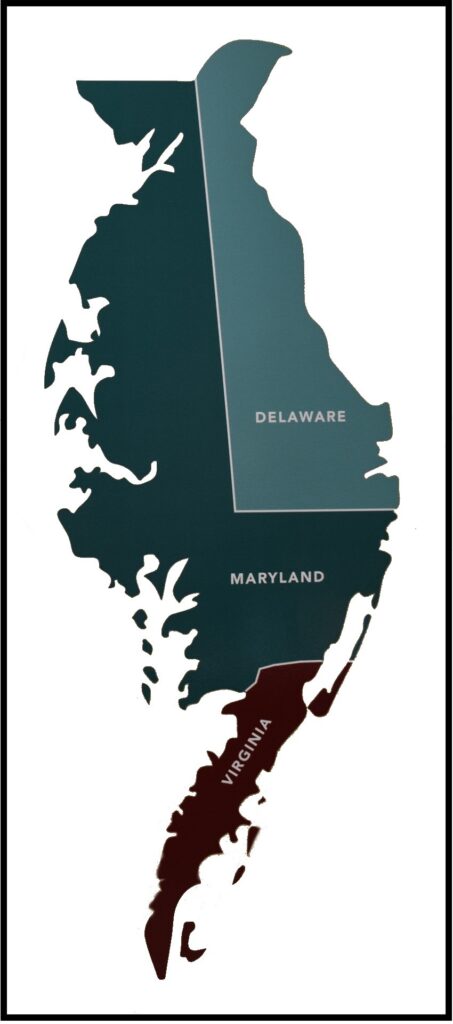
The town of New Castle is one of the best examples of Colonial life. The town is filled with stunningly well-preserved buildings dating from the early 17th century. What makes the town so irresistibly charming is not just the architecture, but the fact that these buildings aren’t just there for peering into – they’re in full use. For example, the local tavern was built in 1674, Oak Knoll press and book are housed in the old opera house built in 1879, and an Immanuel Episcopal Church built in 1703 still holds services. The church’s surrounding graveyard had some of the oldest headstones I’d ever seen.
Around every corner, the history of this wonderful waterfront town pours forth like the corseted bosoms of Bridgerton – an original cobblestone road lined with 18th century homes, a statue in tribute to William Penn, the 1732 New Castle courthouse and state capitol, the Frenchtown Railroad ticket office built in 1832, and Battery Park’s view of ice piers in the Delaware River that were essential to the safety of its old wooden ships.
Sadly, we didn’t realize it until we’d left the area, that the Bellanca Airfield is located outside the historic district. Their factory built over 3,000 airplanes between 1928 and 1960, one of which was Doug’s old plane!
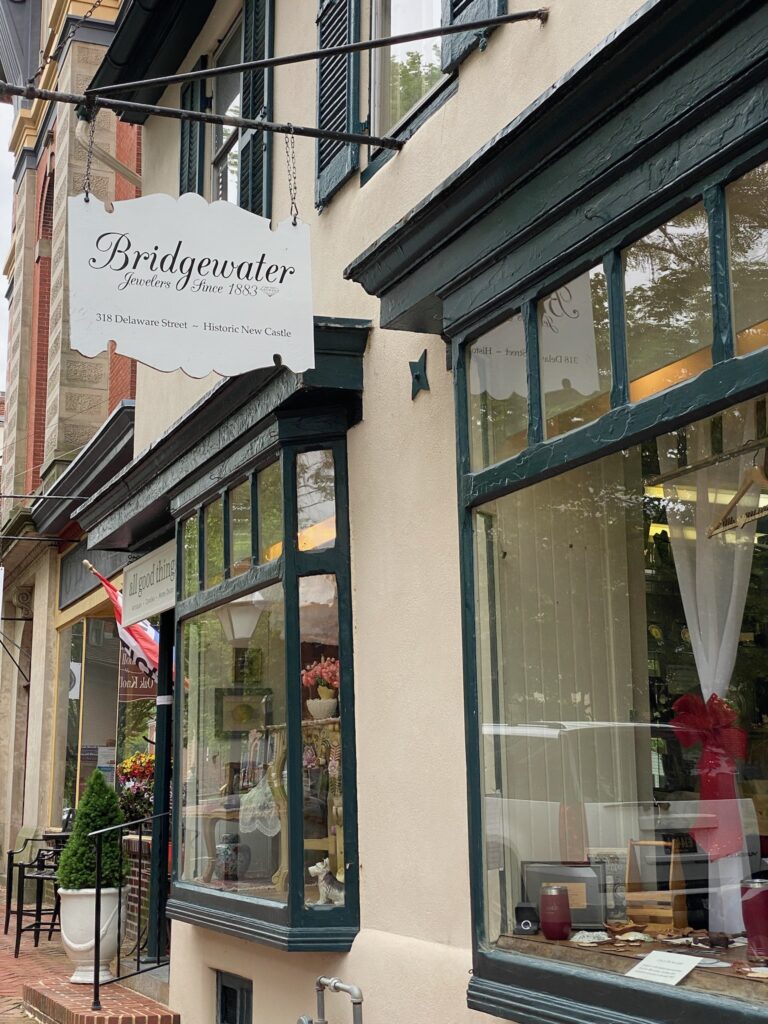
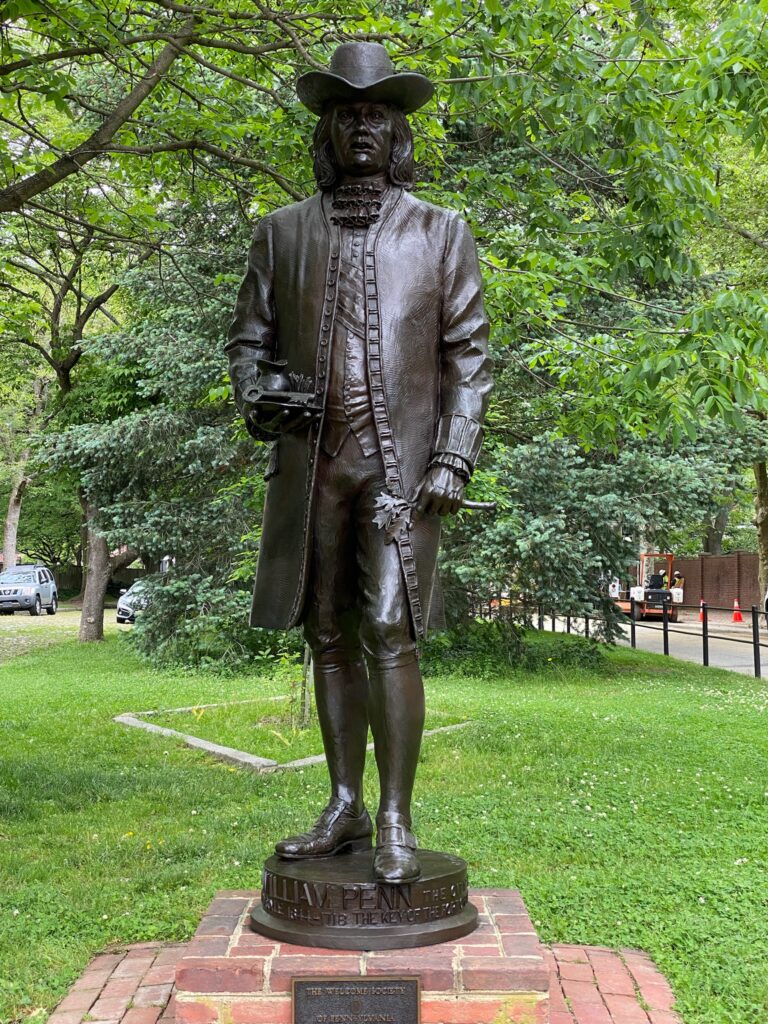
Penn 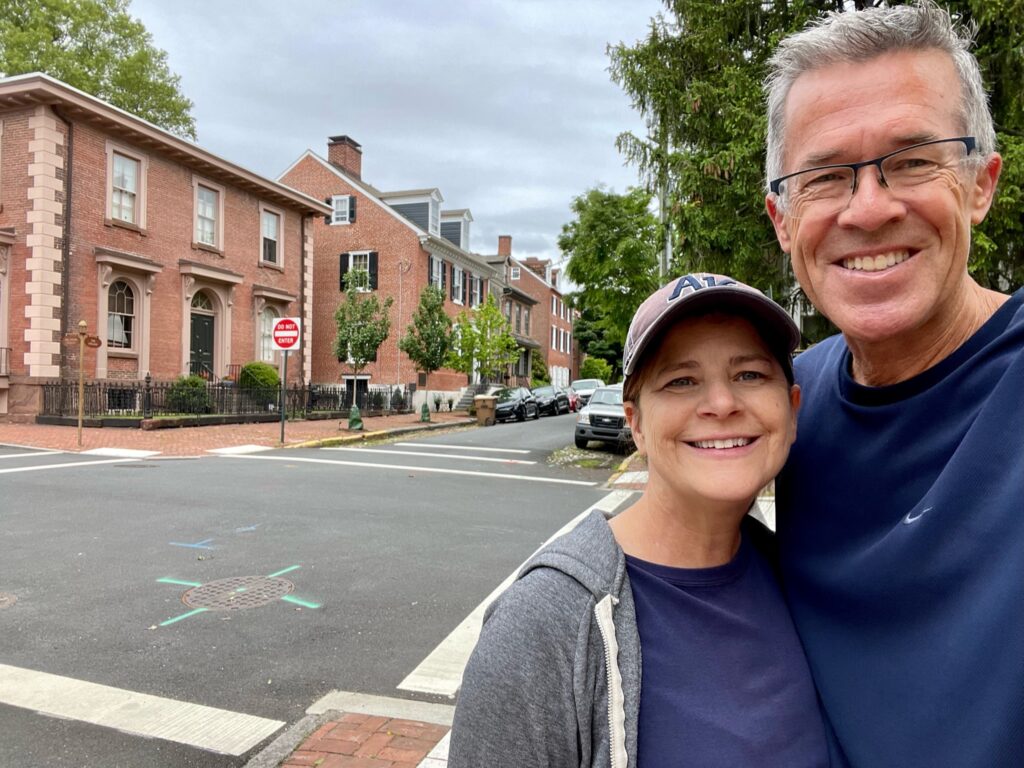
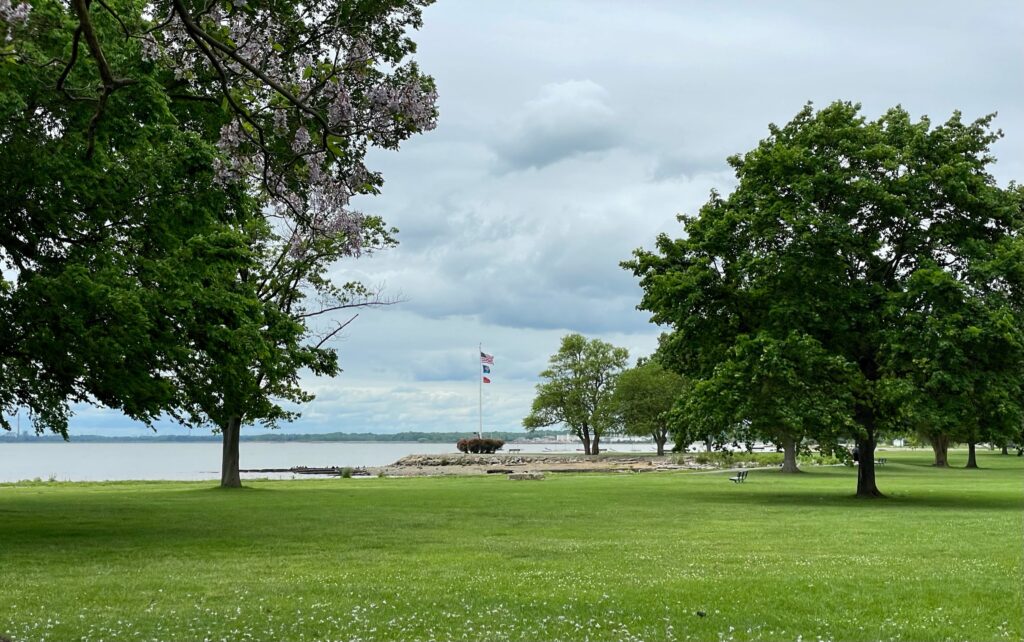
Battery Park 
Ice Piers 
Frenchtown RR Ticket Office
DOVER
From New Castle, we drove 40 miles to Delaware’s state capitol, Dover. Dover was another William Penn establishment from 1683. The Green at Delaware’s First State Heritage Park is a grassy square surrounded by historic buildings and landmarks. One of these is the Golden Fleece Tavern, where Delaware became the first state to ratify the Constitution.
Having over-oohed and over-awed while in New Castle, we ran out of time to explore more of Dover as we were due at our campsite in Cape Henlopen State Park.
CAPE HENLOPEN
Delaware is a relatively flat state so even though Cape Henlopen boasts the highest sand dunes along the eastern states I wouldn’t say they’re super impressive. I’m definitely biased by our western state explorations – after all, Colorado, New Mexico, and California have some pretty impressive dunes (posts here, here, and here).
What was interesting about this area were the military installations built to defend the country in multiple wars (though, like most coastal batteries we’ve seen, the guns have never been fired in anger). In particular, there were multiple, strategically placed, huge fire towers within the park with 360-degree aerial views that were built as WWII military lookouts and to provide triangulated aiming coordinates to the cannon below. Additionally, this park offers great view of the Delaware Breakwater Lighthouse from the beach.
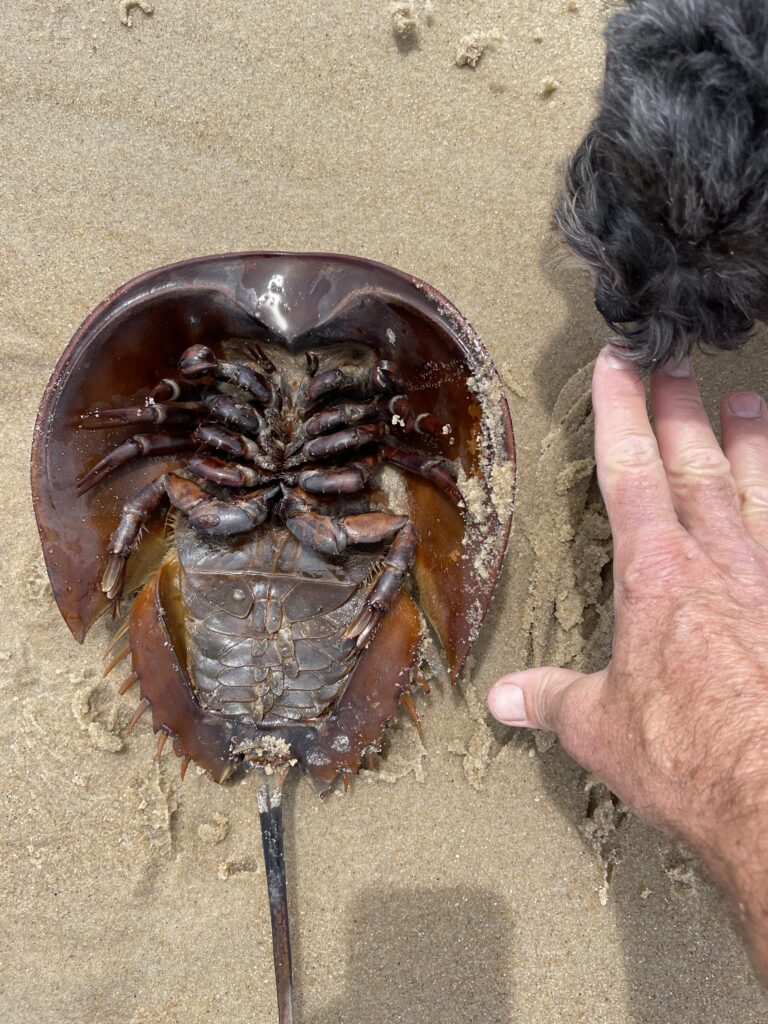
Huge Horseshoe Crab
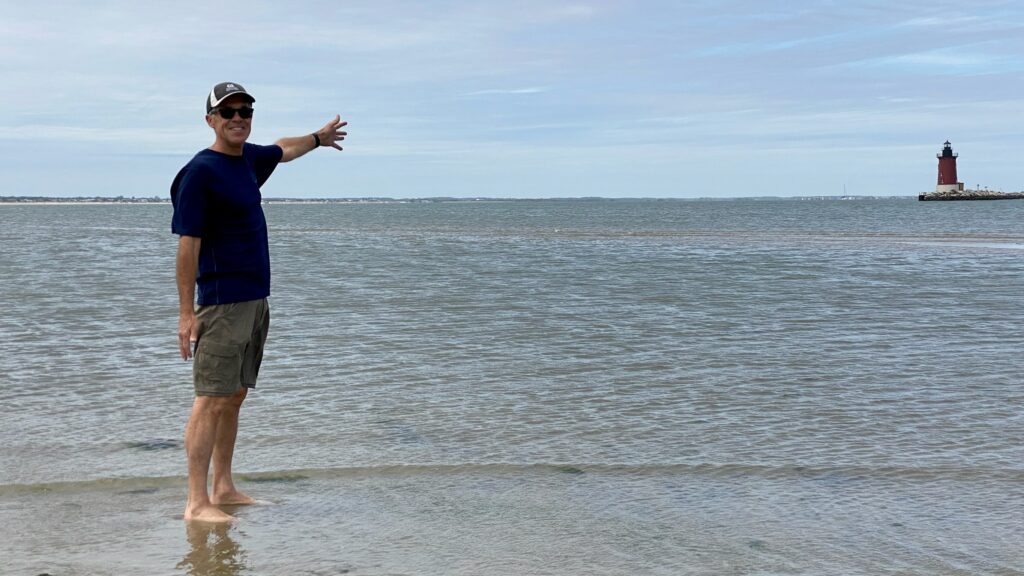
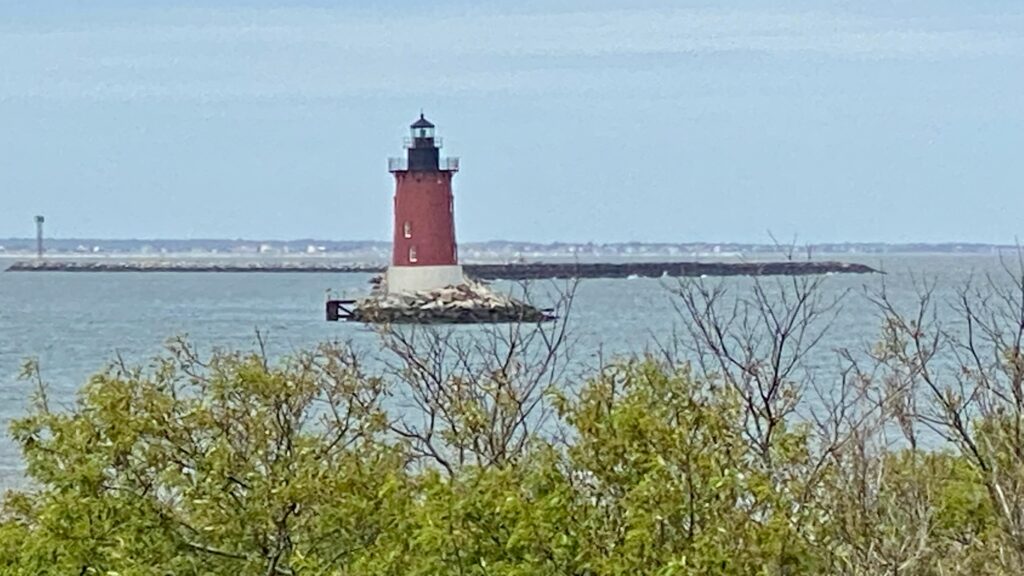
Delaware Breakwater Lighthouse
LEWES
Like New Castle, Lewes was originally a Dutch colony founded in 1631. It became a British colony in 1658 that later was established by William Penn who named it Lewes in 1682. It is situated where the Delaware Bay and the Atlantic Ocean meet. It’s hard to miss the Zwaanendael (Dutch for Valley of the Swans) Museum in Lewes because the building is so unusual – apparently modeled after a town hall in Hoorn, Netherlands. Inside is a showcase for the Lewes area maritime, military and history.
Historic downtown is small but pretty. Several large Victorians are in the area and a few of them have been converted into restaurants. After mustering the courage to pass up a busy ice cream shop, we stopped for coffee but failed to resist the huge cinnamon rolls. Fueled up, we window shopped the boutiques and wove our way through the old gravesite at the church nearby. Further from historic downtown, we drove through some tidy neighborhoods with character homes and great views of the water.
TRAP POND
Our last major stop in Delaware, before returning to Maryland, was Trap Pond State Park. This park is the northern-most area for Bald Cypress trees. They have nearly 9 miles of canoe and kayak trails in the park and boat rental as well as guided tours of their cypress swamps.
Our stay at the campground in this park concluded our whirlwind tour of Delaware.
I liked Lewes for its Dutch maritime display, Cape Henlopen for its quintessential beach and lighthouse, and Trap Pond for its unusual combination of Louisiana-like swamp surrounded by large pines, but I adored New Castle for its deep history and Colonial charm. If you’re in DelMarVa, it’s a must-see!

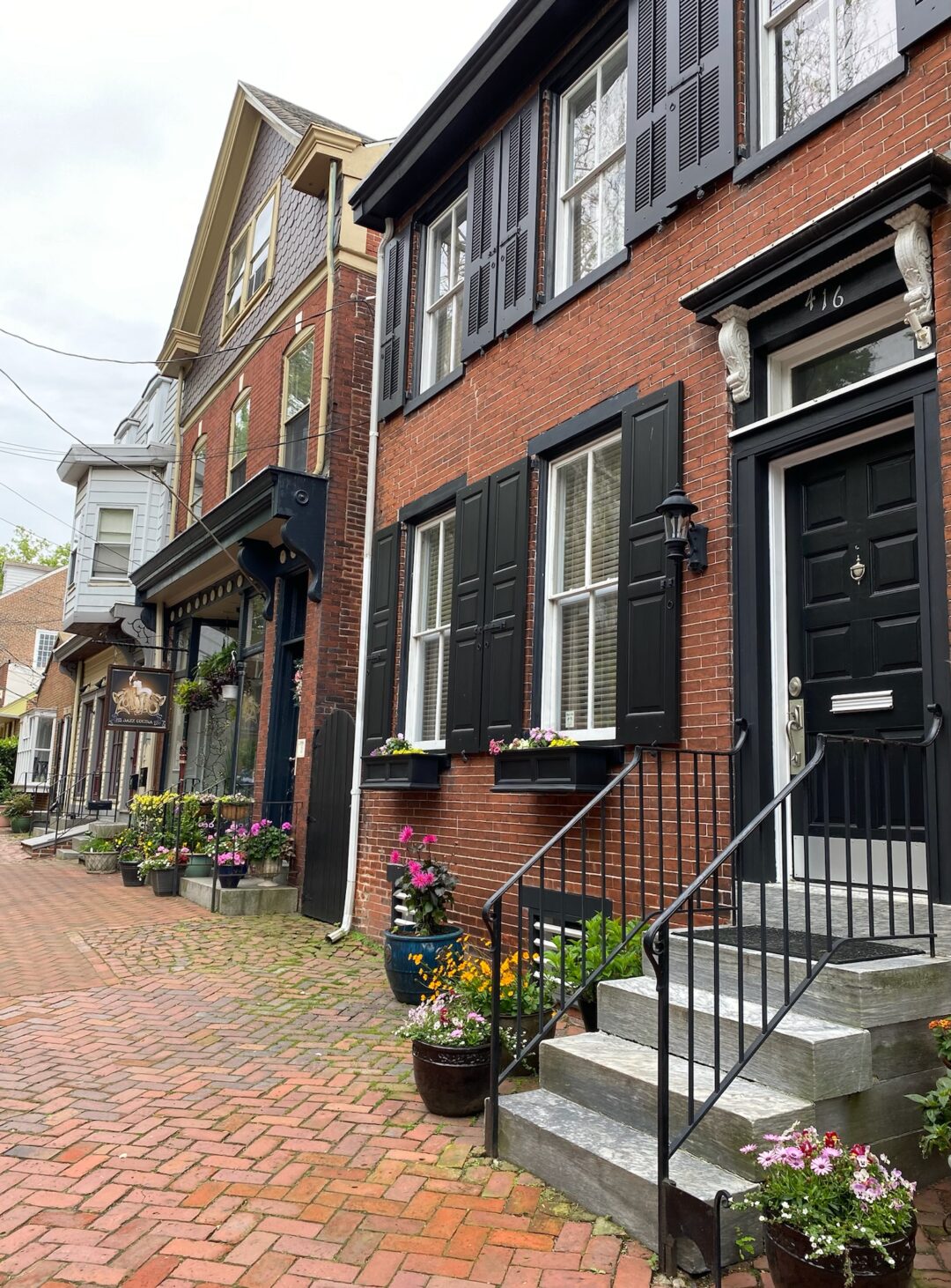
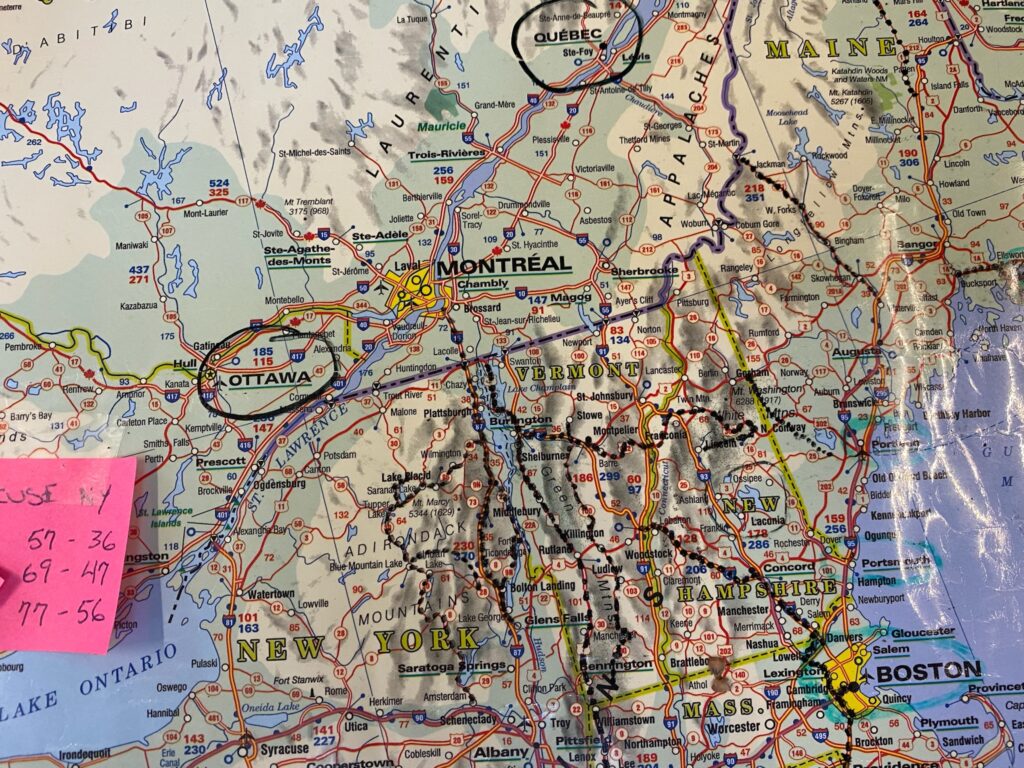
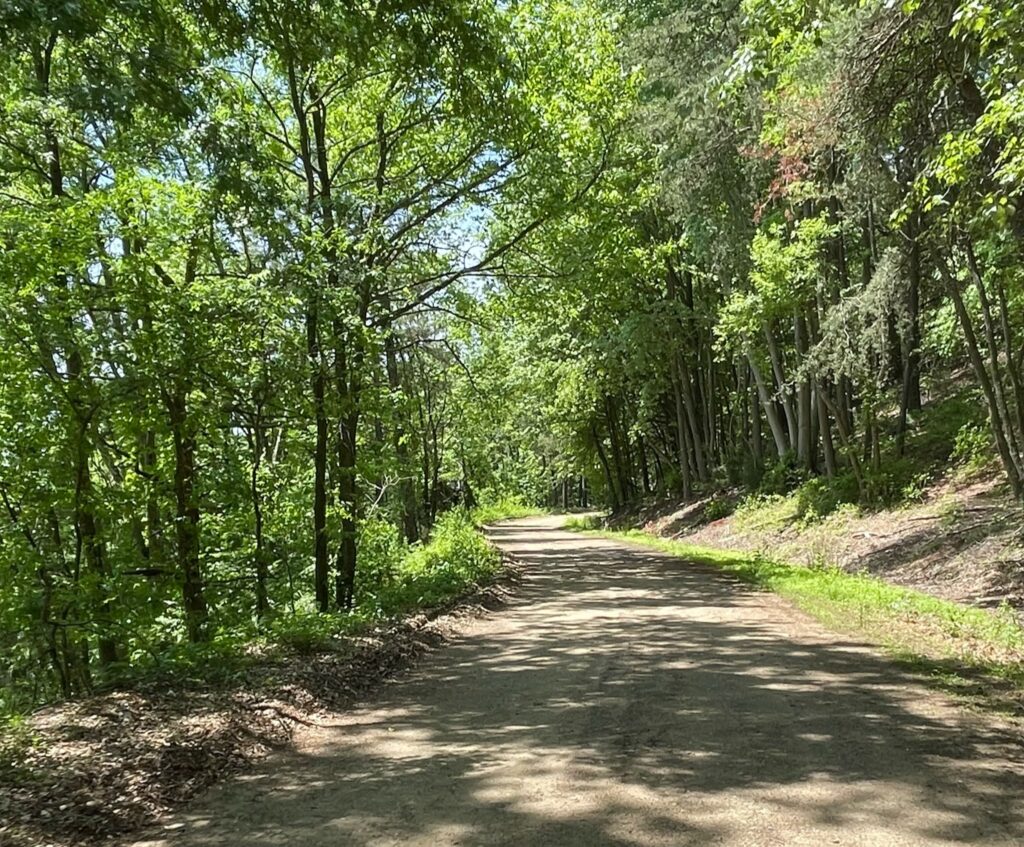
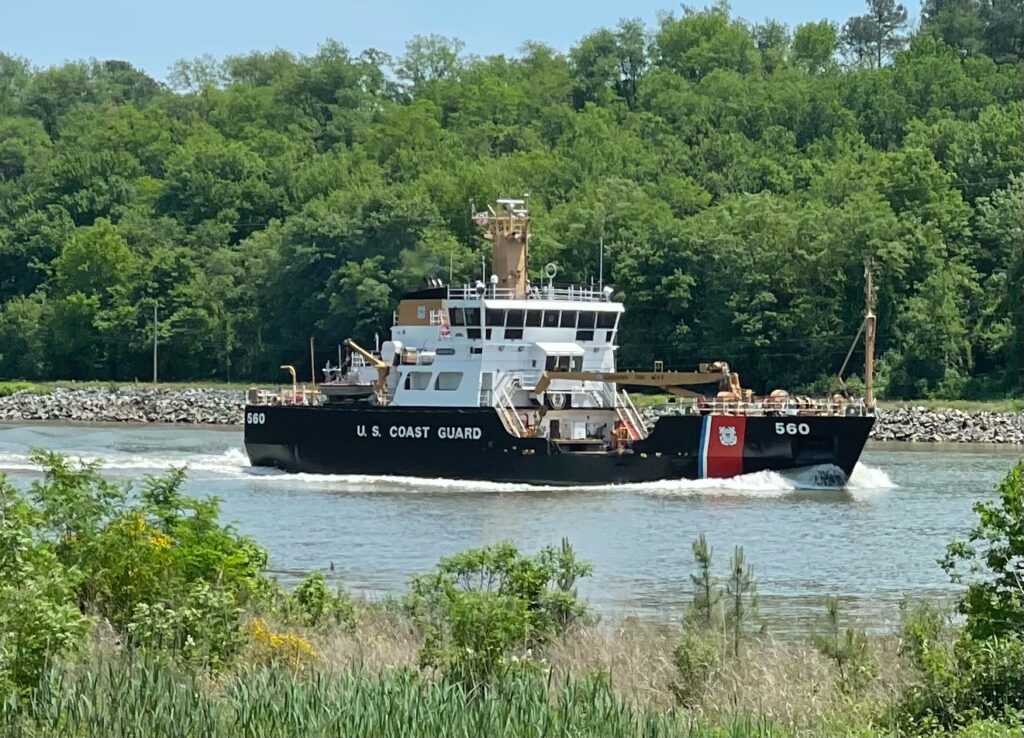
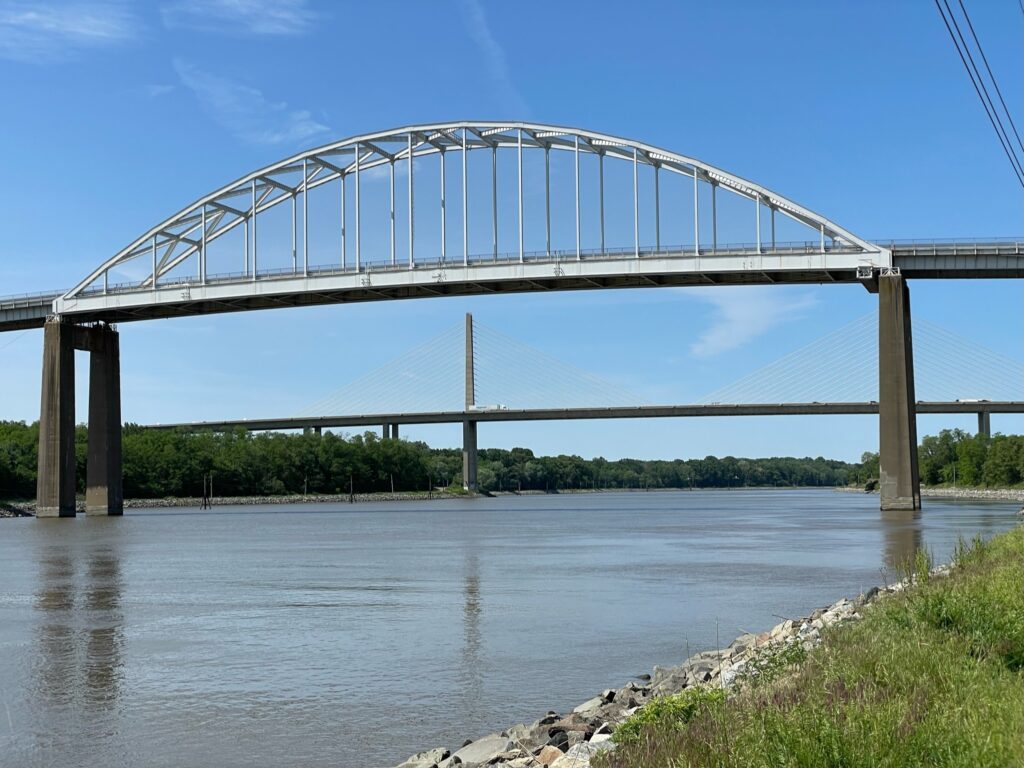
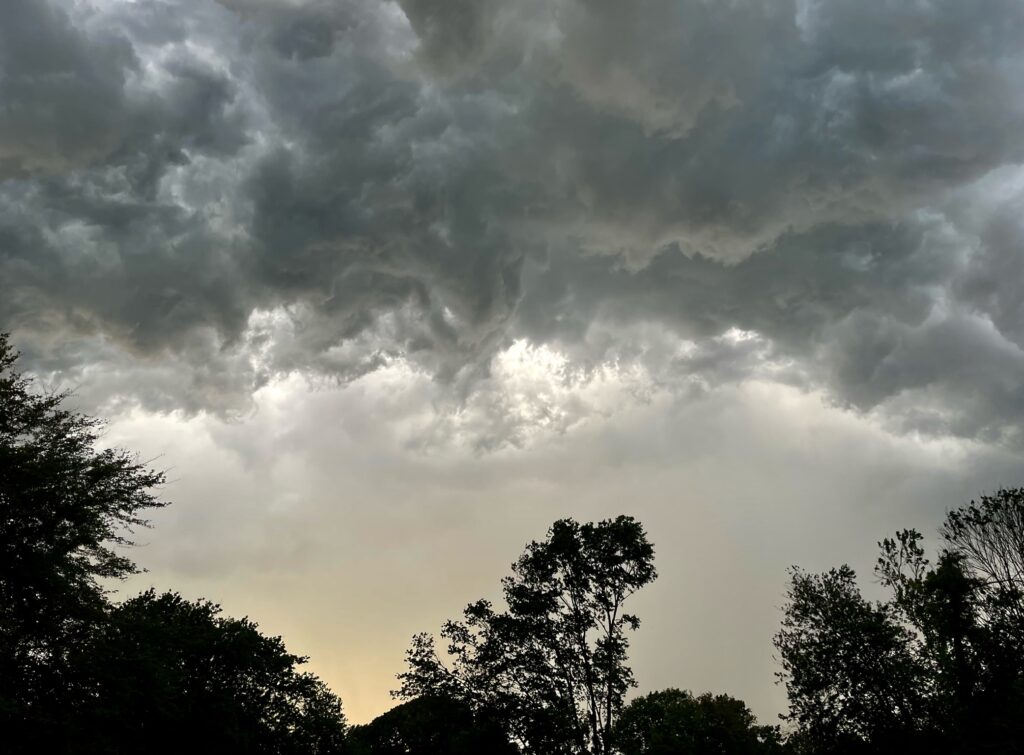
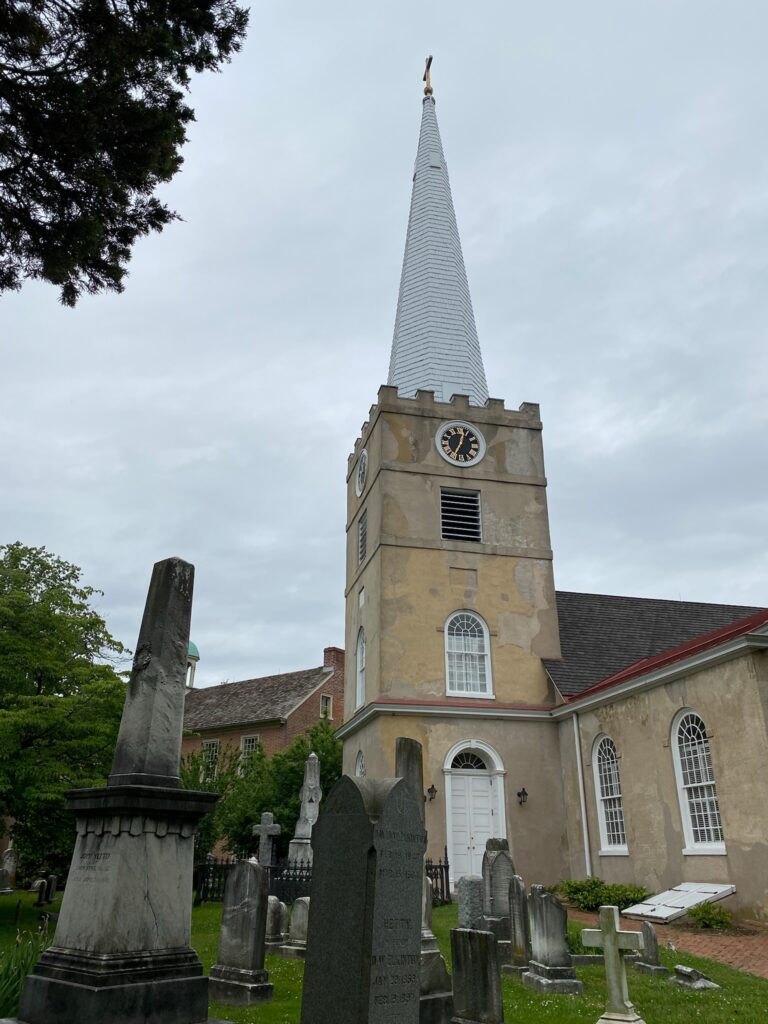

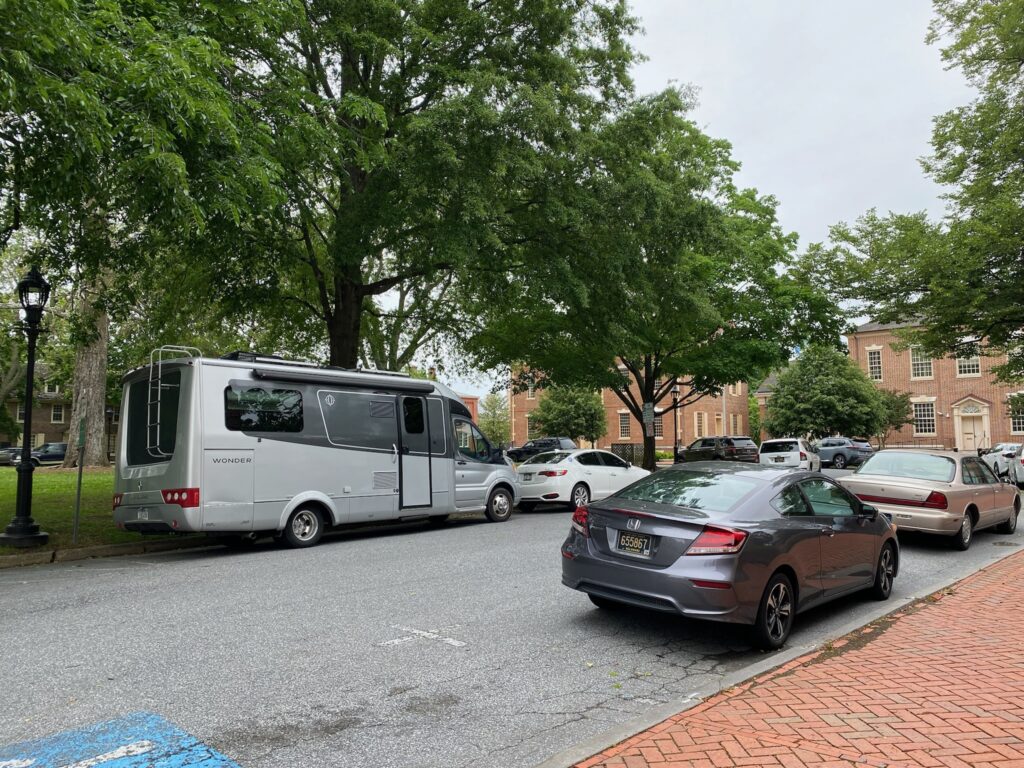
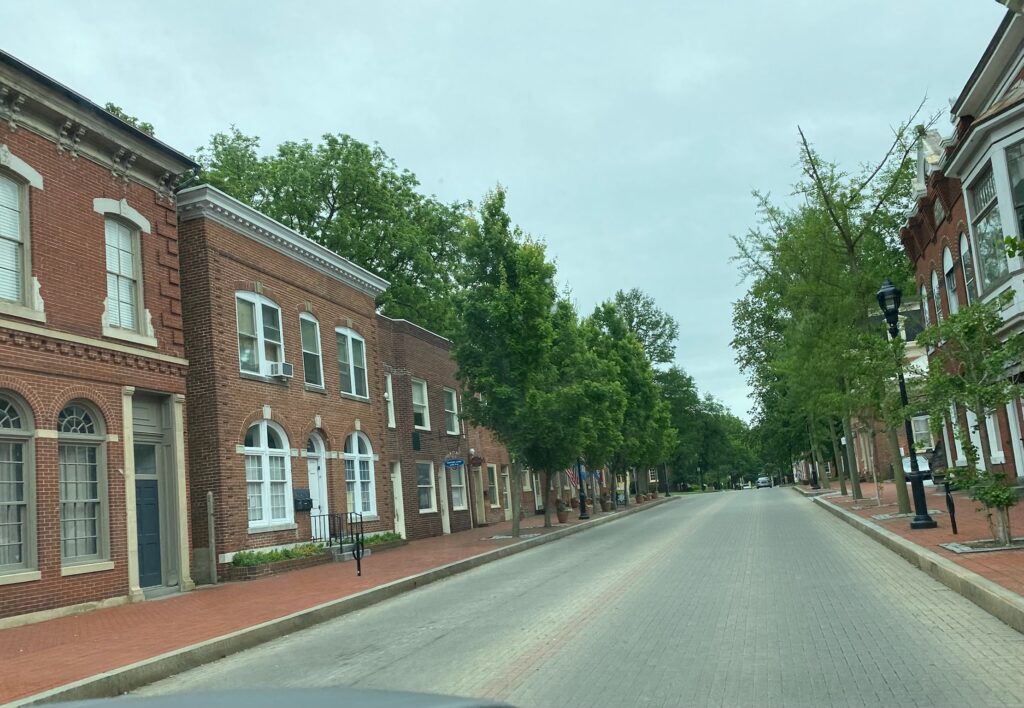
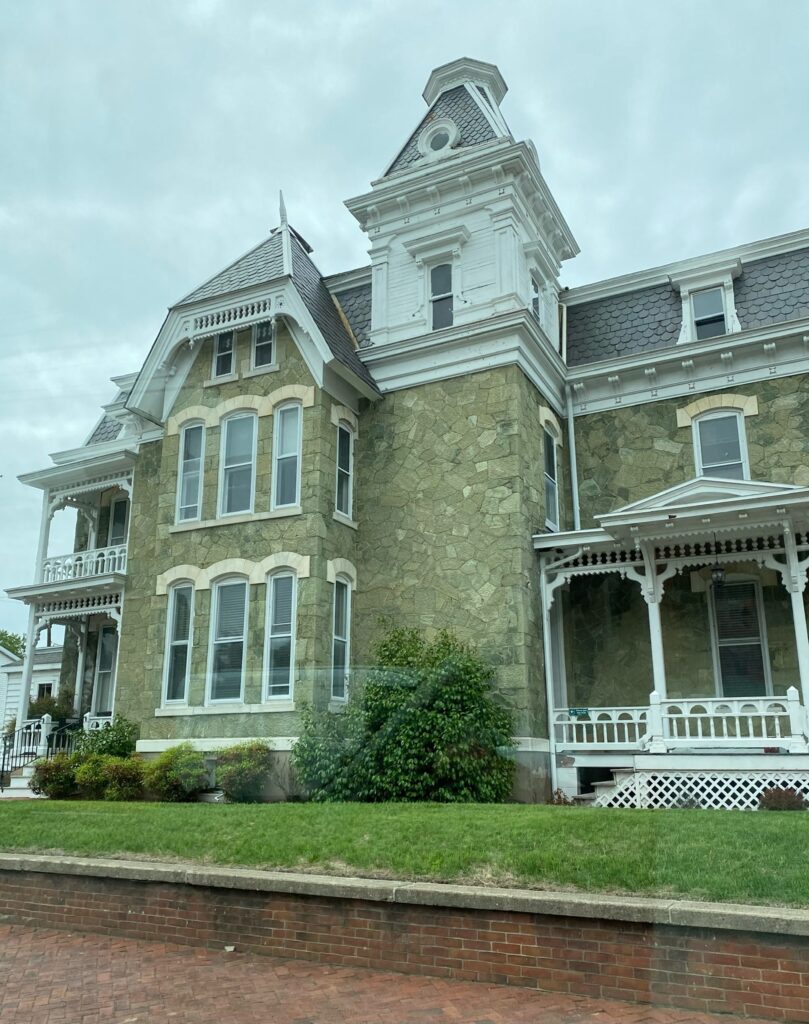
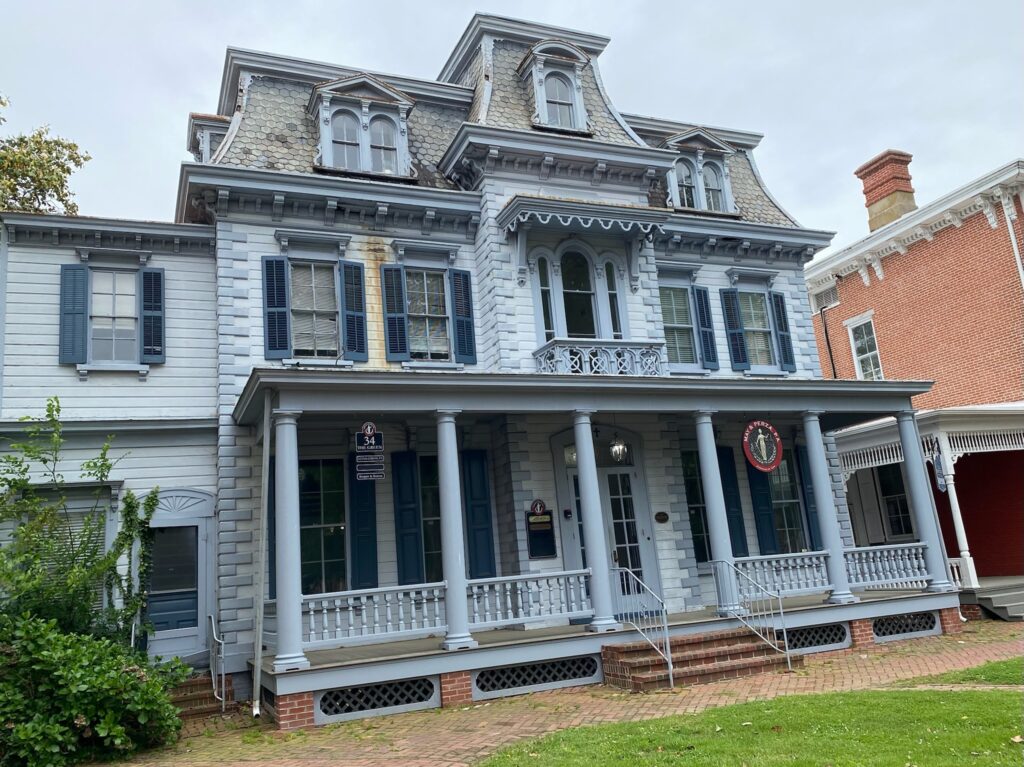
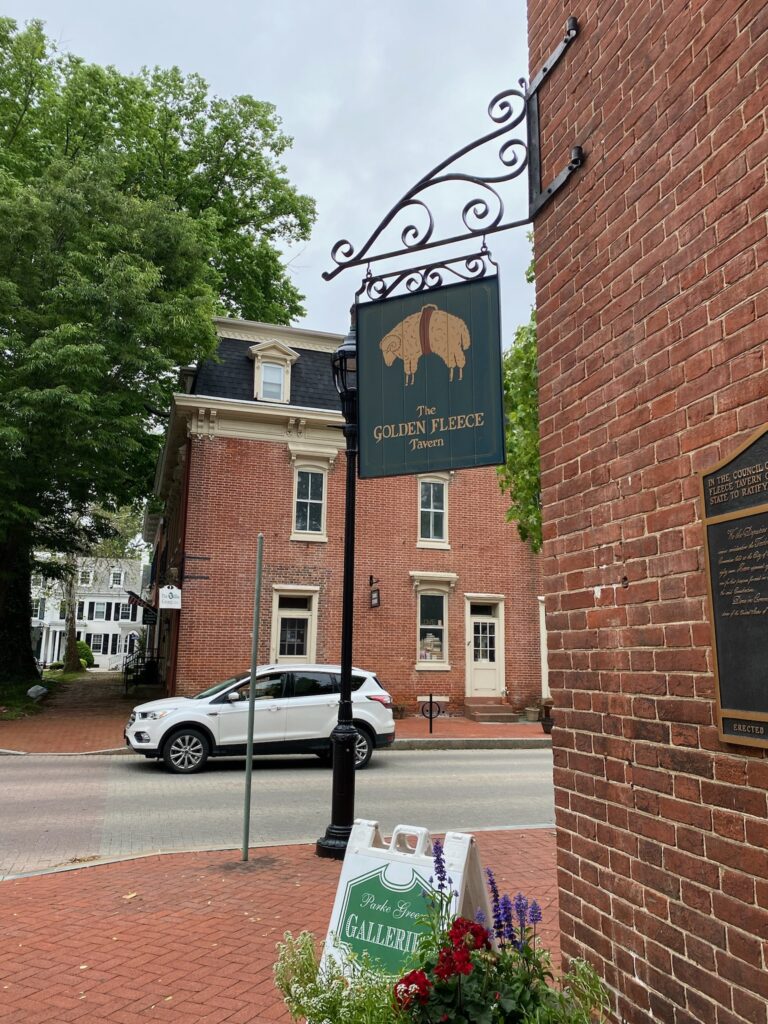
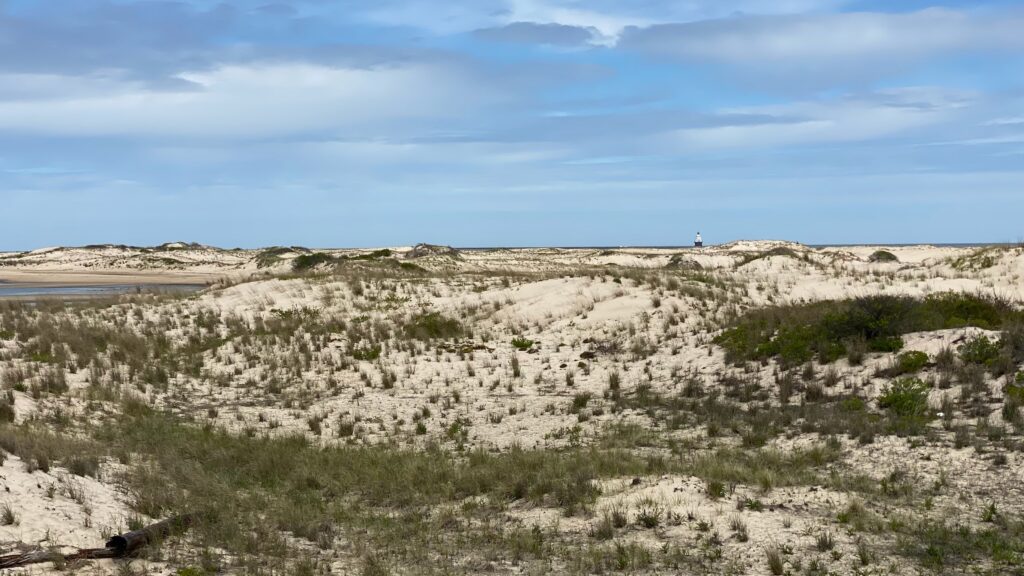
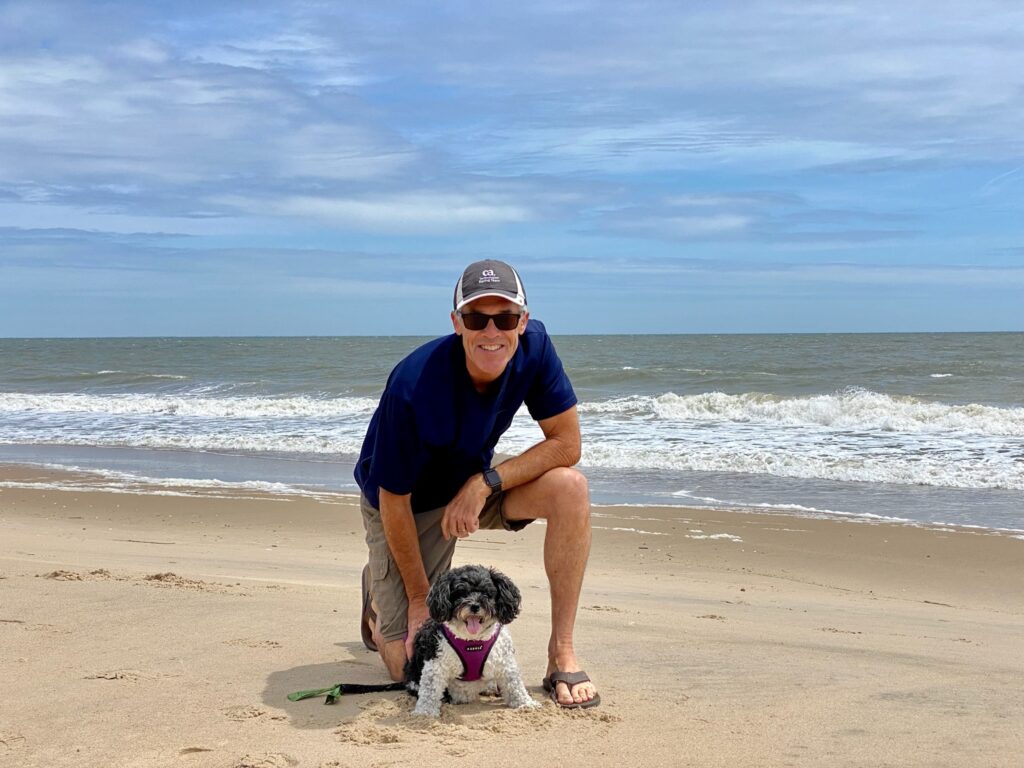
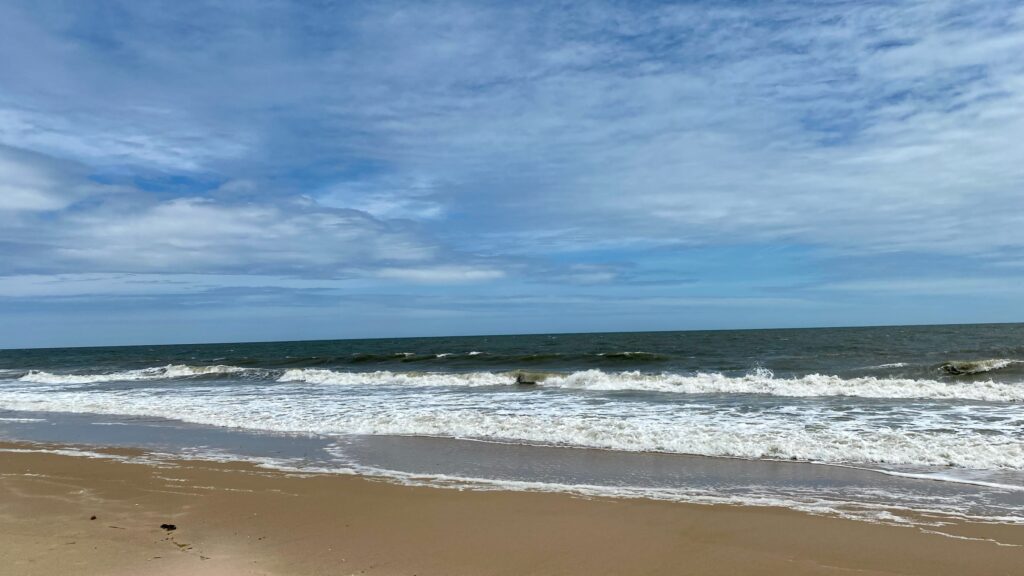

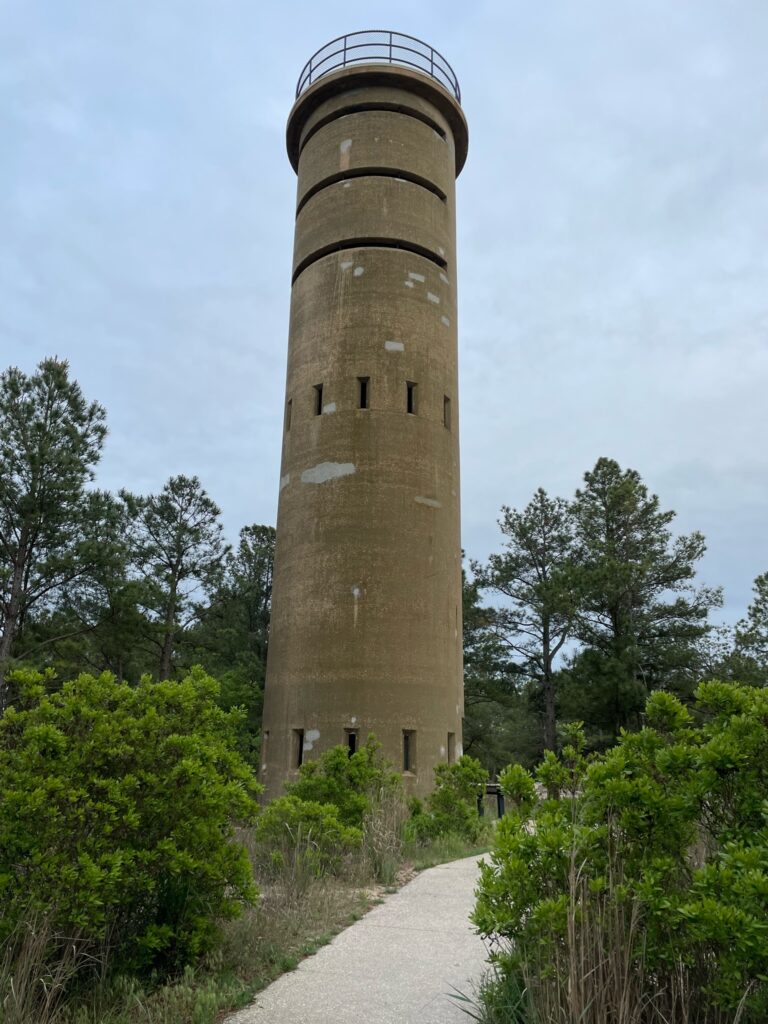
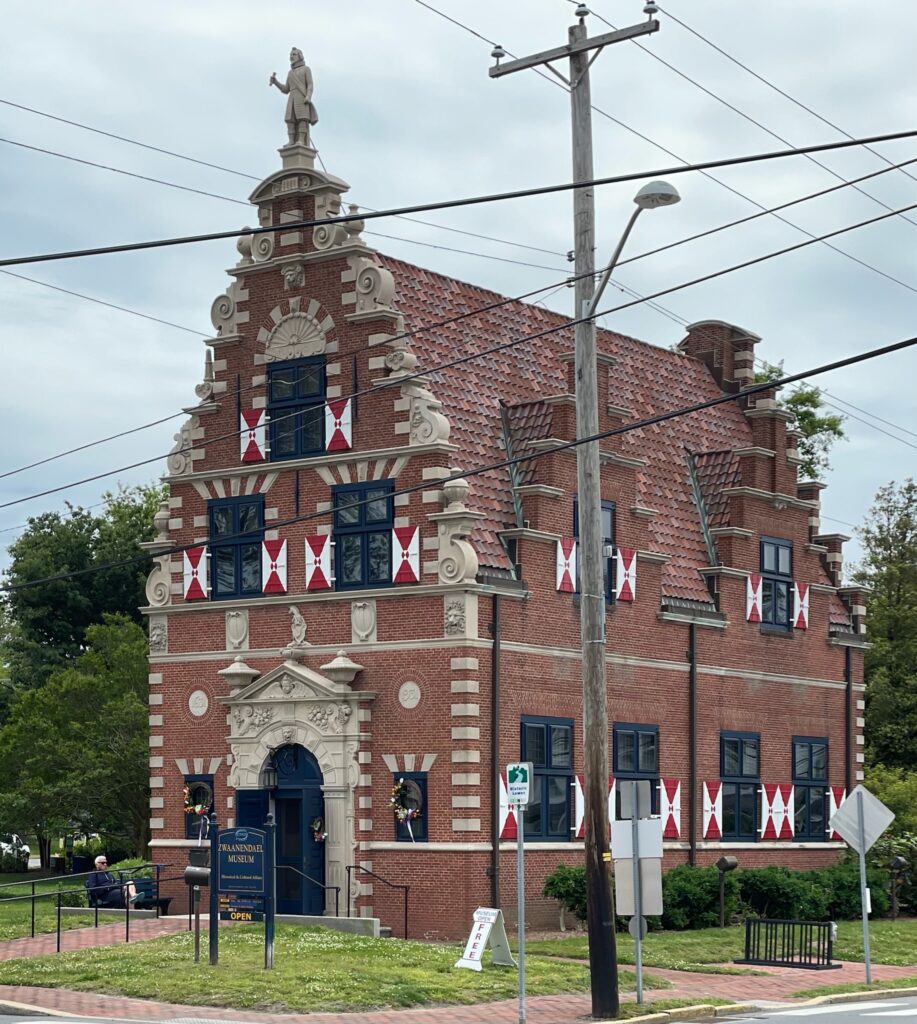
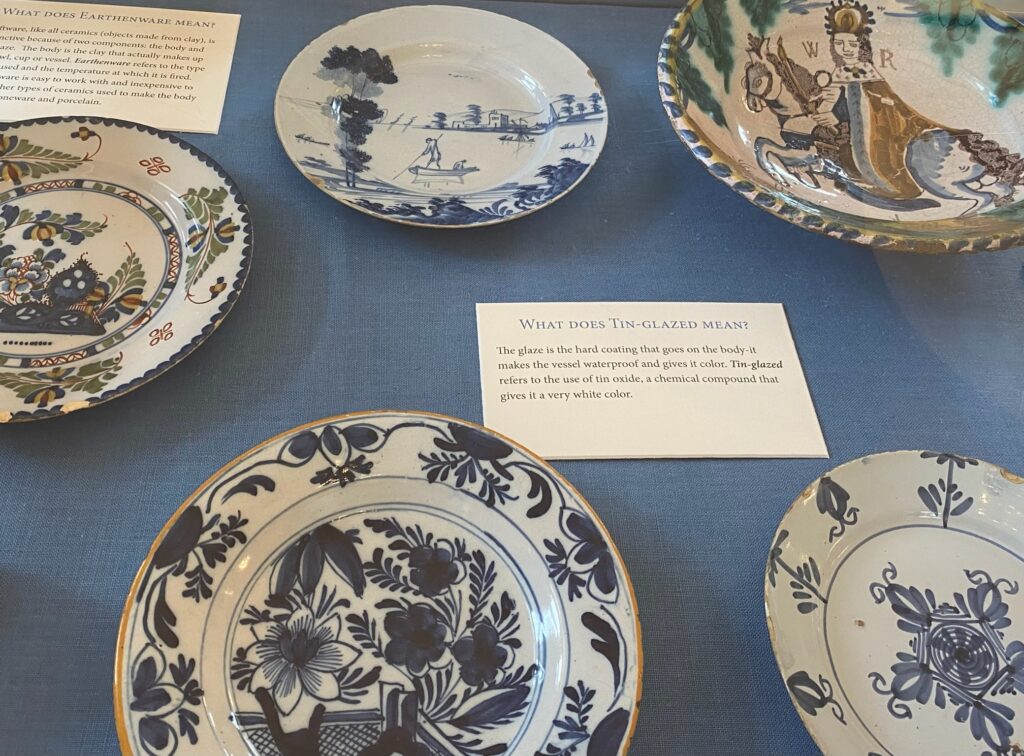
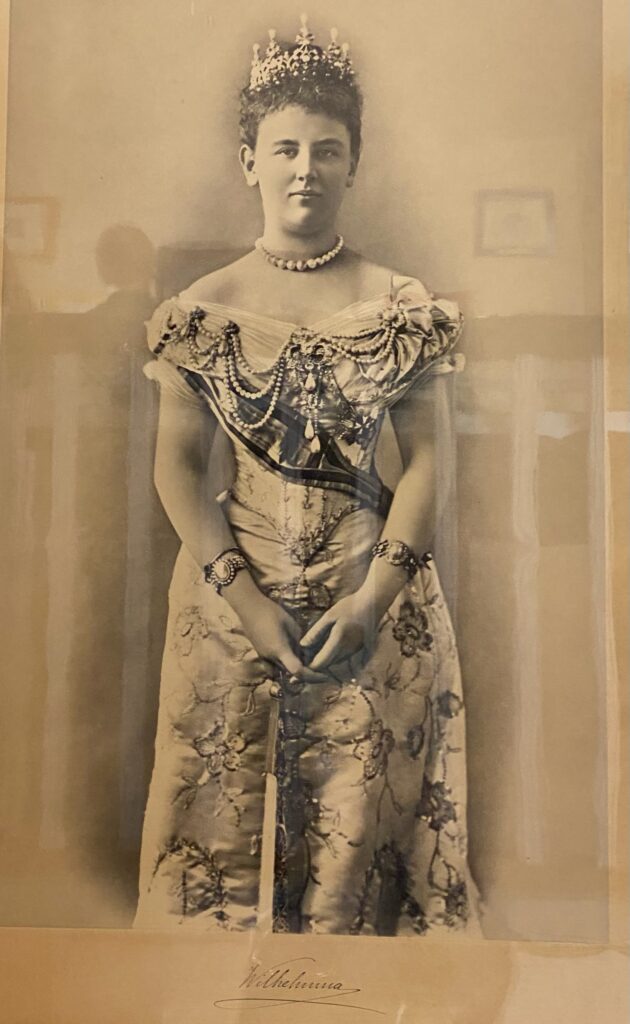
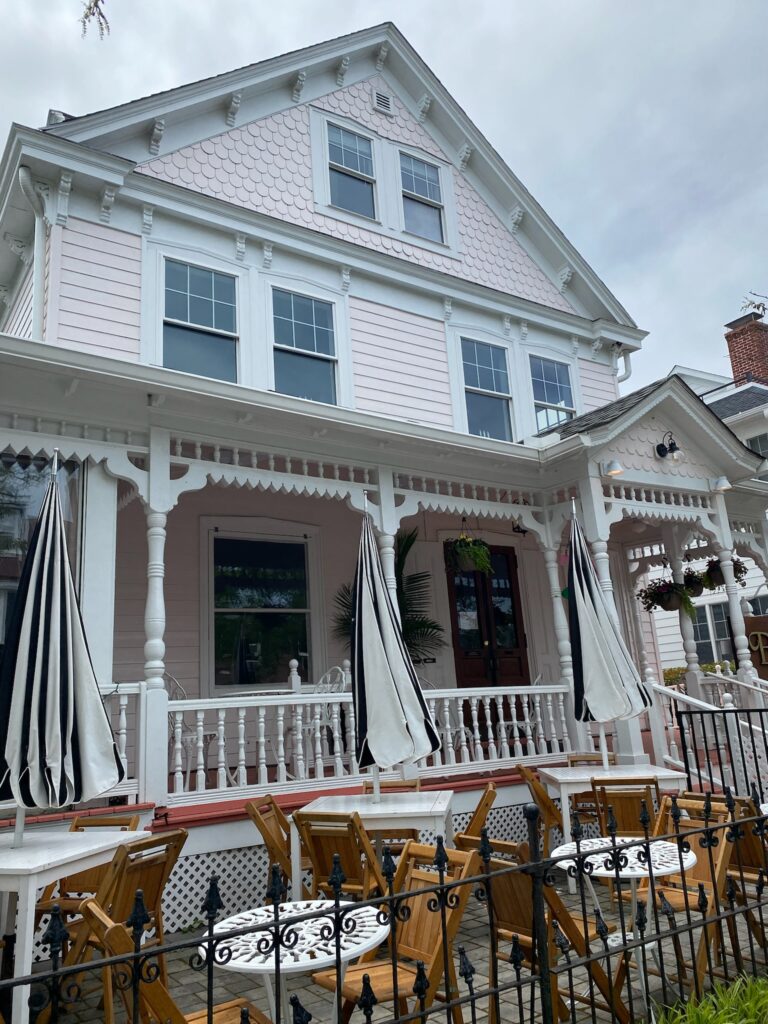
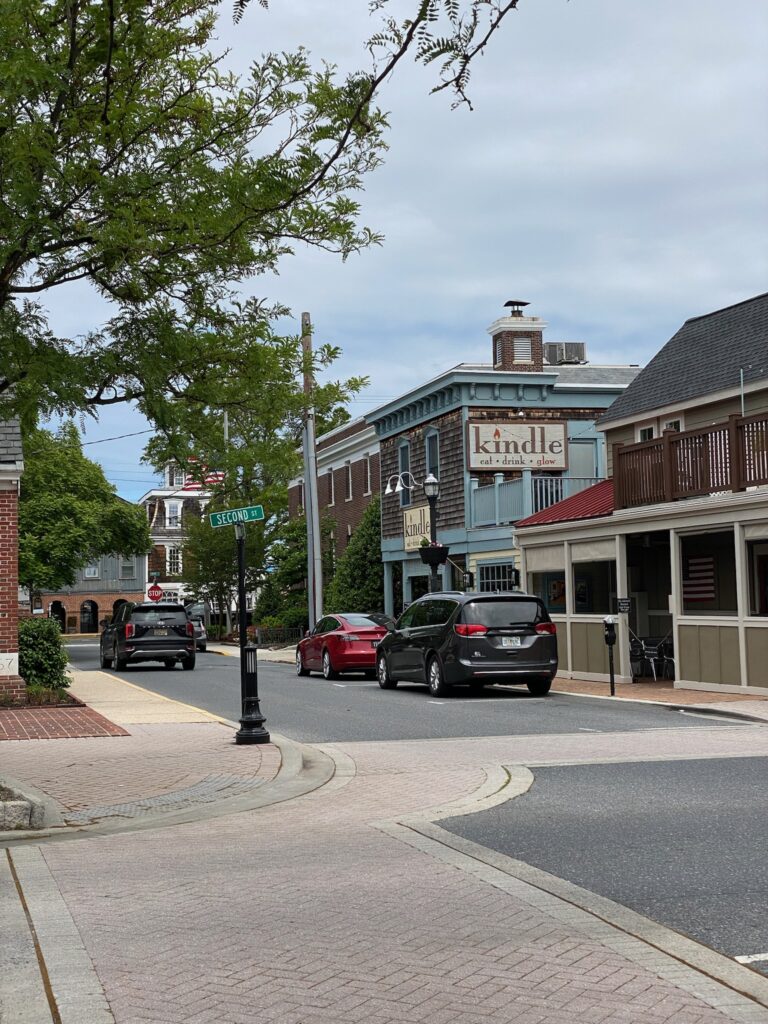
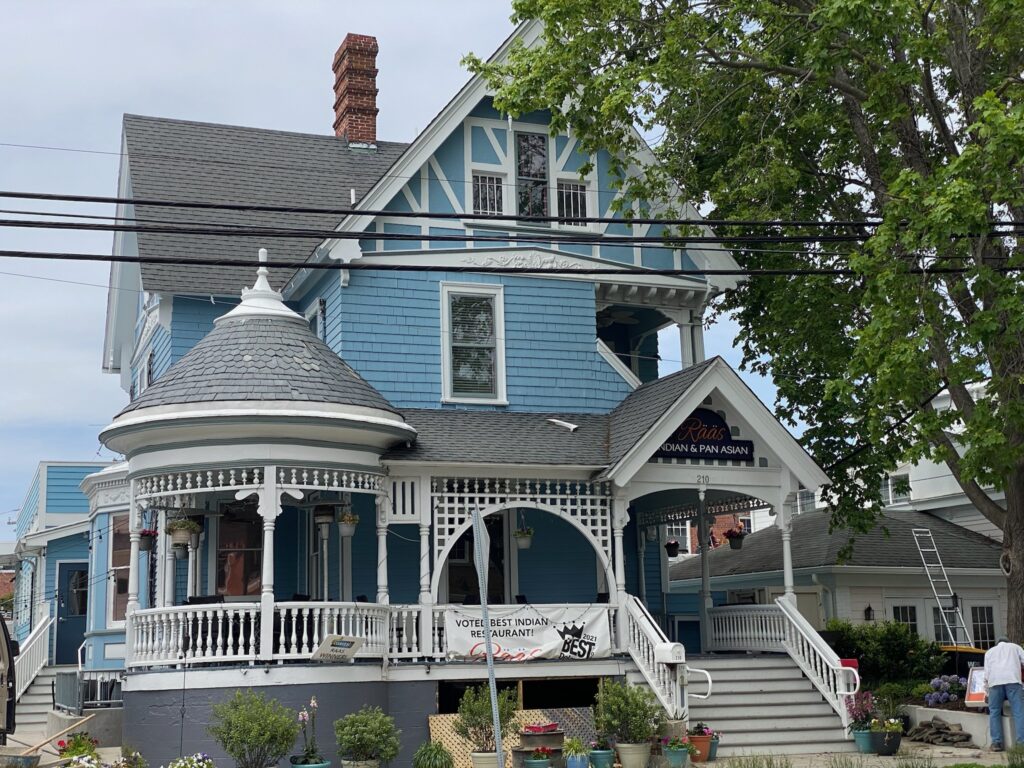
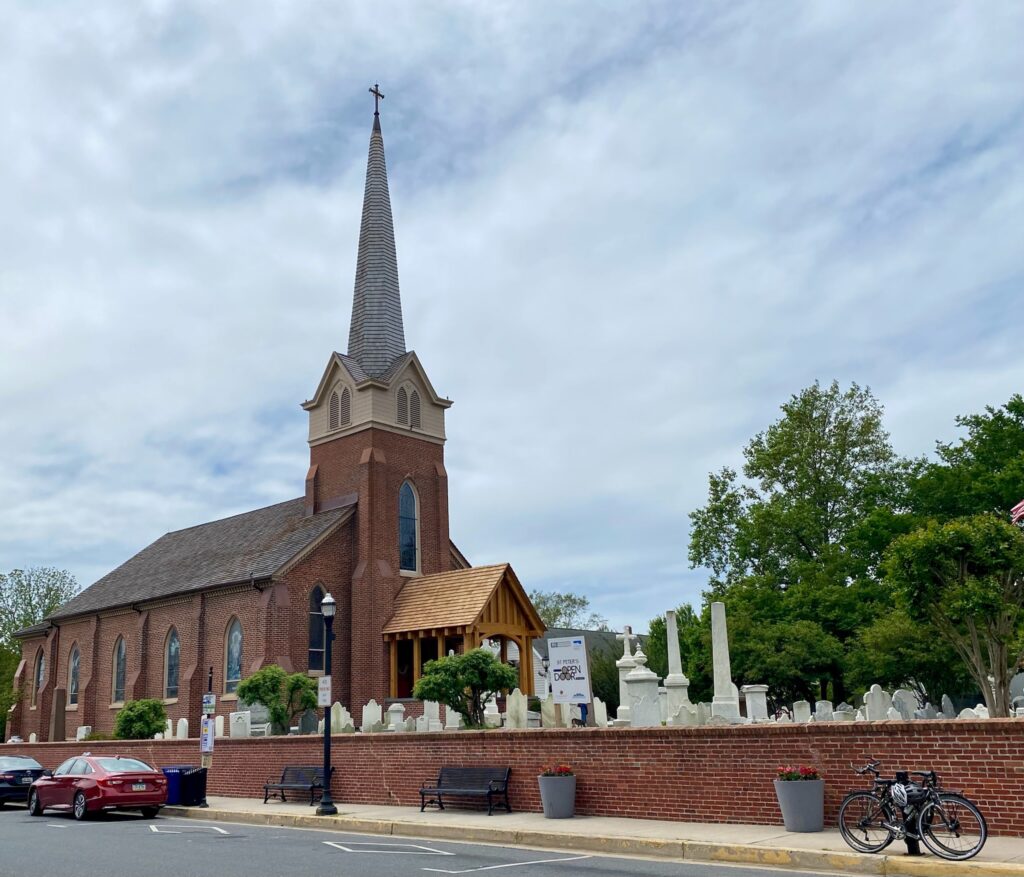
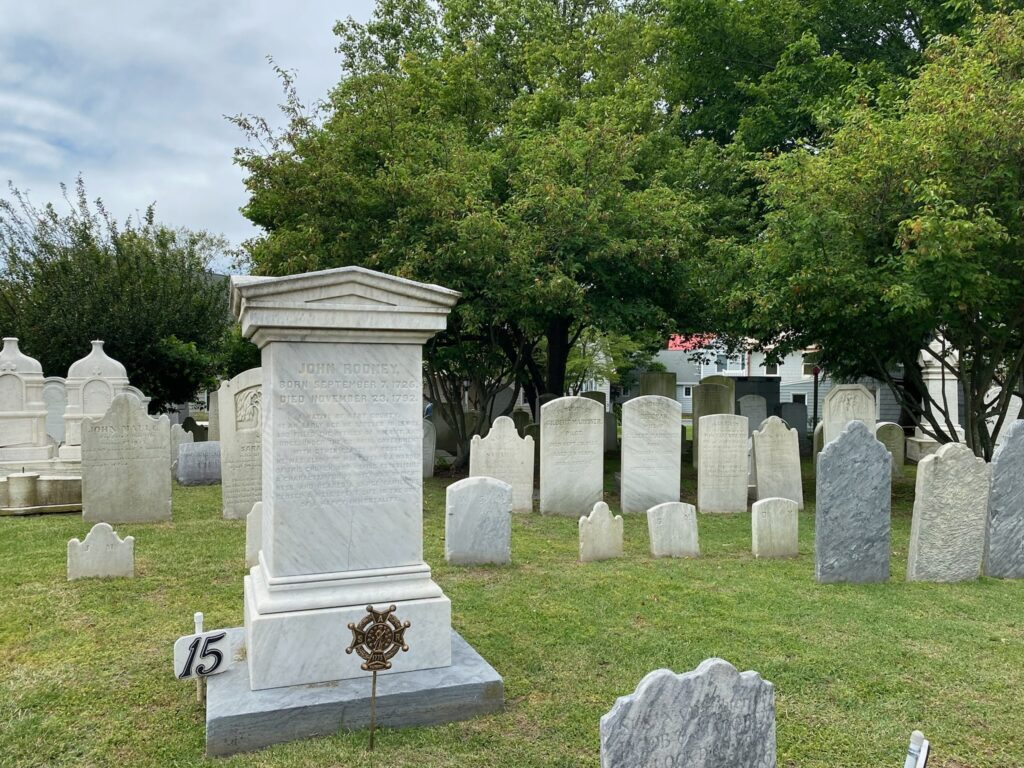
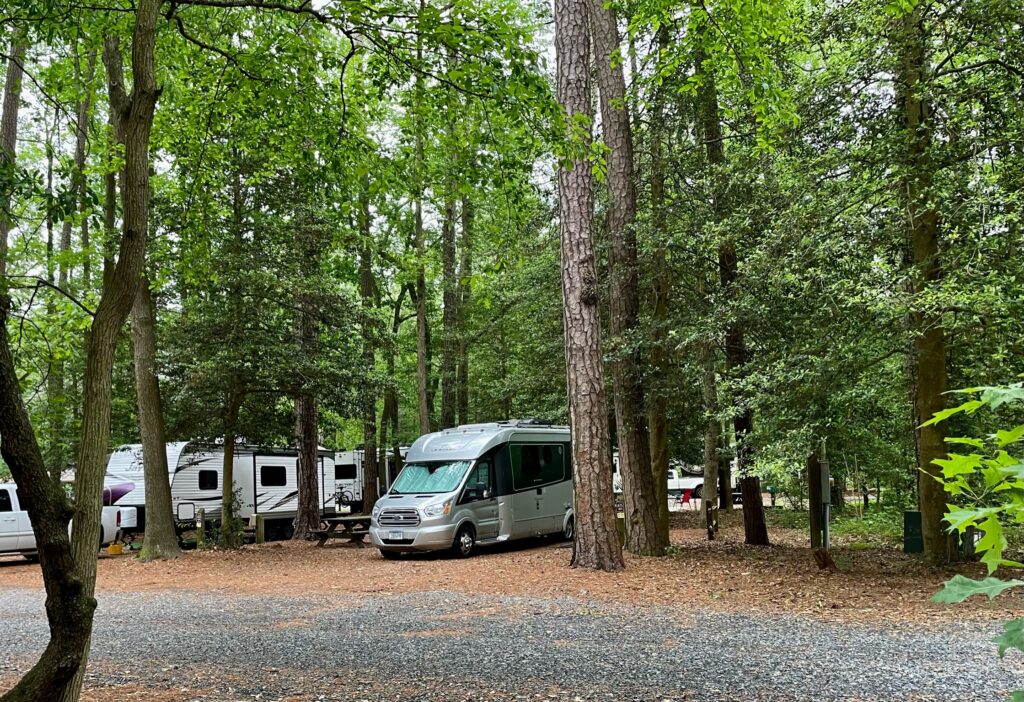
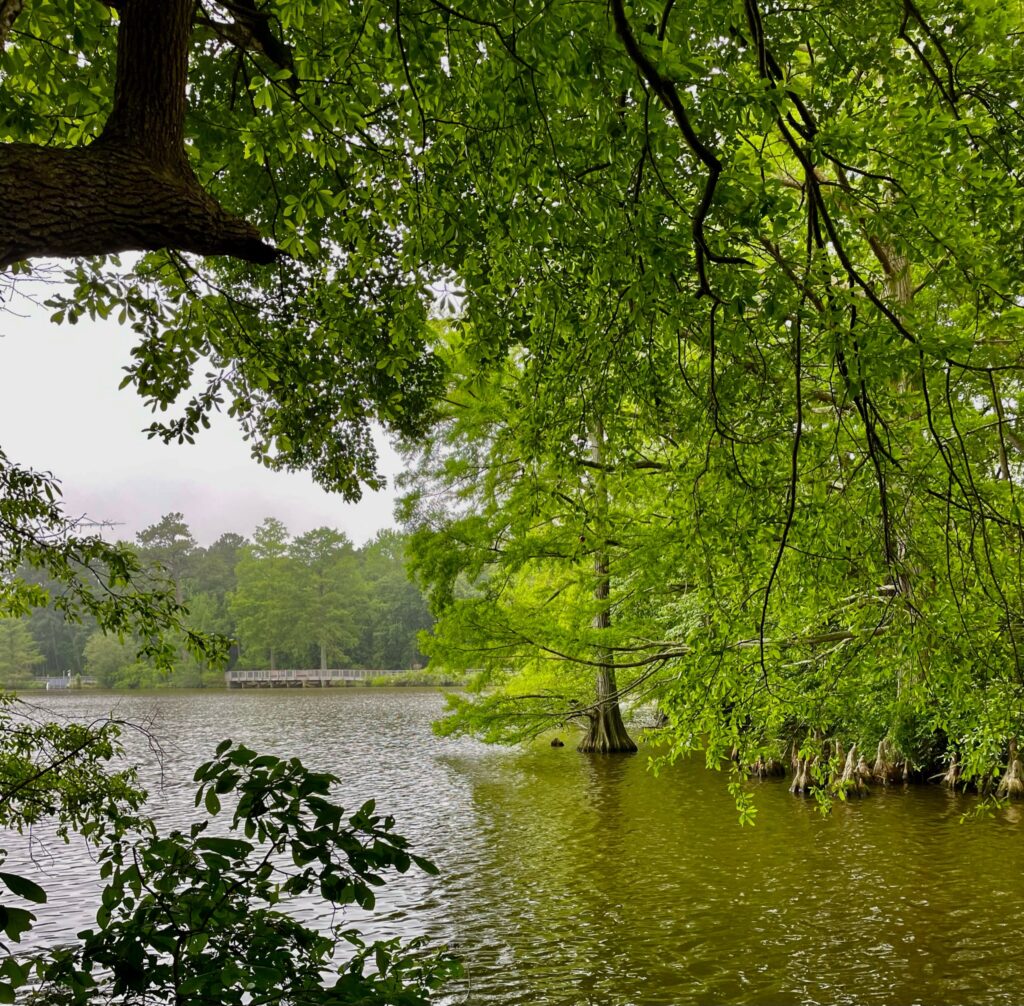
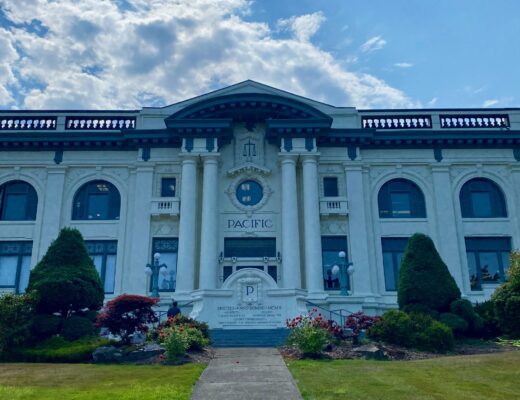
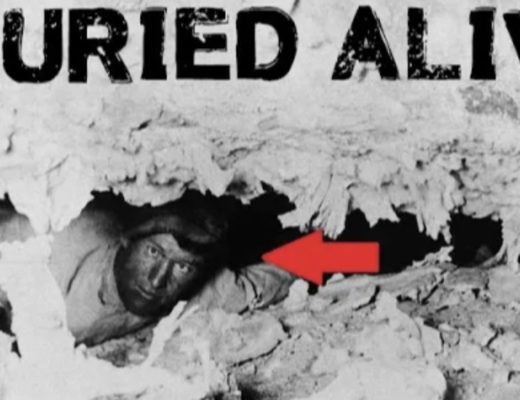
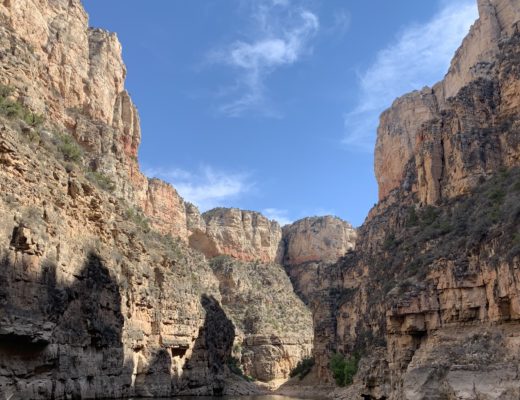








 Did you know that the oldest and largest aviati
Did you know that the oldest and largest aviati








 #camphairdontcar
#camphairdontcar


